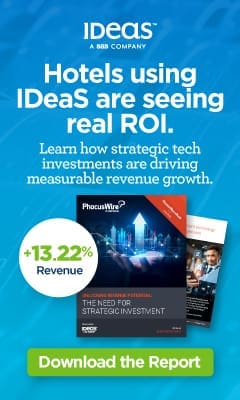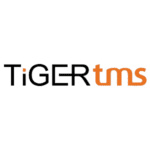 The end of the pandemic is in sight. Vaccines are being rolled out and travel bubbles are emerging. While some developing countries may be slower to recover, for many the next two quarters will see numerous travelers wanting to get away and cast off the stresses of 2020. This means a spa-centric vacation, so you had better be ready to reopen your spa.
The end of the pandemic is in sight. Vaccines are being rolled out and travel bubbles are emerging. While some developing countries may be slower to recover, for many the next two quarters will see numerous travelers wanting to get away and cast off the stresses of 2020. This means a spa-centric vacation, so you had better be ready to reopen your spa.
But as with most resetting aspects of hotel operations as a direct result of COVID-19, now is the time to investigate what inefficient and revenue-draining parts of your spa you can do without as you look to welcome guests back. This requires a reframing of the operation as a per-guest-optimized revenue stream instead of simply a volume business.
To maximize what’s known as total revenue per available guest (TRevPAR) while simultaneously keeping labor costs down, you need strong software in place to automate the management of this operation and to identify profit optimization activities. This is particularly important now because due to the new requirements for increased cleanliness and appointment buffers, your spa margins are razor thin. To let tech do the heavy lifting, you can start by looking at your PMS and integrated spa booking engine.
The halo effect of TRevPAR
What is the primary driver of room reservations at your property? It may be because you are a rural resort and guests are choosing you for a socially distanced vacation. Or maybe it’s because one of your amenities such as the gourmet restaurant, your golf course or, for the focus of this article, your spa.
This is what we call the ‘halo effect’ in that marketable facilities will act as a primary driver of hotel bookings, especially in contrast to home sharing accommodations, such as those listed on Airbnb, which typically do not have onsite amenities. Thus, building a tech environment that enables your property to relaunch the spa without drastic cost overruns should be a foremost task for the months ahead.
To explain this symbiotic relationship a bit further, we reached out to Frank Pitsikalis, CEO of ResortSuite, a developer of integrated hotel, resort, wellness center, spa and club management software. He added, “From research as well as from past customer data, we know that the more guests use the various facilities at a property, the more satisfied they will ultimately be. So, you get more revenue per visitor by having them book at your restaurant, spa or whatever else you offer onsite, as well as a boost to loyalty, word of mouth and their chances of coming back during off-peak periods when you need their business the most.”
Beyond just the leisure segment, thinking in terms of TRevPAR will still be instrumental for all guest types in the coming decade because of how fundamentally the world of hospitality has changed. Operating and marketing costs are constantly blooming while customers have an increasing number of other competitive options at their disposal. In the hotel of the future, you will need to derive incremental revenues from all guests in order to make the whole venture worthwhile.
Revenue Management now also for amenities
In the pursuit of go-to-market strategy for a hotel spa that’s focused on TRevPAR, we dove into a ResortSuite product demonstration with Pitsikalis. What he emphasized regarding modern spa management software is ‘dynamic availability’. In a spa that is yield-managed much like a hotel’s room inventory, you have to protect your high-demand hours and days while trying to fill the low-demand ones. That is, you have an opportunity cost whereby you wouldn’t want to fill your peak times with lower margin treatments.
The example that Pitsikalis showed us was a traditionally busy Saturday 1pm through 4pm period, where the same aesthetician was able to complete a bikini wax or a facial. Both were 30 minutes in length, yet the latter treatment earned the hotel $25 more in profit.
With the right software in place, the resort could then prevent users from reserving lower margin options during a high-demand period like a Saturday afternoon, instead directing customers to book at, say, 9am, 5pm or on another day. At first glance, it’s only a $25 difference. But in today’s landscape, such a granular analysis of opportunity costs is crucial when you have to maintain time buffers between all individuals for proper social distancing.
The bottom line
Integrating the spa booking platform with the PMS means you have richer guest profiles to then create more attractive offers and even do some one-to-one marketing that motivates those customers with a higher TRevPAR to come back. This should be common sense by now, but it is worth reiterating because such a direct PMS integration can mean more ancillary revenues right from the website reservation engine whereby a room booking flows directly into a spa appointment portal.
Technology is thus the backbone that will allow you to ramp back up to better financial health in all revenue streams (dining, spa and golf to name three prominent ones) without incurring a likewise uptick in fixed labor costs. Now is the time to make the necessary upgrades to your hotel’s tech stack in preparation for the projected travel recovery in Q3 and Q4 later this year.
This article may not be reproduced without the expressed permission of the author.



















